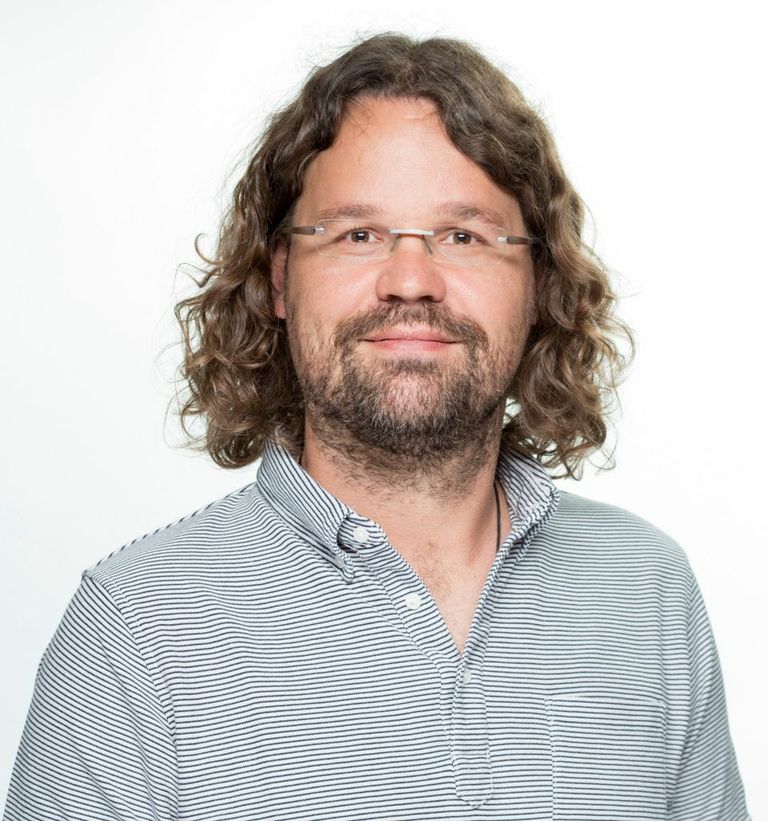 ‘How the chaos thory works in the quantum world’
‘How the chaos thory works in the quantum world’
Daniel Burgarth is a lecturer in Mathematics and Physics at Aberystwyth University. In 2009, he was awarded an EPSRC Fellowship in Theoretical Physics, working in the area of Quantum Control and Estimation at Imperial College London. Daniel held several visiting fellowships in Japan. He took up his appointment as Lecturer in Mathematics and Physics at Aberystwyth 2011. Daniel is keen to develop applications of quantum control in biology and medicine.
A popular statement of chaos theory is that the subtle flap of a butterfly’s wing here can be the cause of a thunderstorm elsewhere. This is because the equations which describe the weather are very sensitive to small changes, which can therefore have big effects.
But what if this butterfly was living in a quantum world?
Surprisingly, this question has wide-ranging fundamental and practical applications and is therefore the heart of my research. Starting from the mathematical expression which describes the motion of quantum objects, known as the Schrödinger equation, I could prove that in quantum mechanics, simple movements similar to a butterfly flapping can cause a dynamic so complex that it is unlikely we will ever be able to model it with conventional computers. It appears that “Schrödinger’s butterfly” is hard to tame!
Of course, the hardness of modelling is already a problem in classical physics, as exemplified by the notorious difficulty of forecasting the weather well in advance. But opposed to classical physics, in quantum systems there is no chaos, so what is the source of this complexity? Understanding this question is central to an emerging research area called “quantum computing”, and over the last few decades researchers all over the world have indeed confirmed that the complexity of quantum dynamics can be harvested for powerful computations. Basically, if you always felt that physics is hard, then you were spot on: we now have a proof for it! There is a lot more to be said about quantum computing, but let us instead come back to our butterfly…
A practical example for my result is given by nano-oscillators, which are essentially a quantum version of Newton’s Cradle. There, the butterfly’s flap corresponds to applying a laser field, and my finding shows that such system can be controlled in a much more efficient way than was thought previously. In the future, such results might pave the way to the development of high precision sensors based on quantum mechanics.
More generally, the main goal of my research is to make control of quantum technology easier, thereby bridging the large gap between the theoretical proposals and the current quantum experiments. Research in quantum control is an area of strength of several universities in Wales, and we have recently initiated a research network called QYMRU (www.qymru.org) so that we can work together efficiently. While we might still have decades before the first large scale quantum computer comes to light, it is widely believed that the main innovations in the 21st century will occur at the quantum level. I expect Schrödinger’s butterfly will play an important role in these.
Daniel may be contacted at: dkb3@aber.ac.uk
This article first appeared in the Western Mail on 30th December 2013, as part of the Welsh Crucible series of research profiles.
